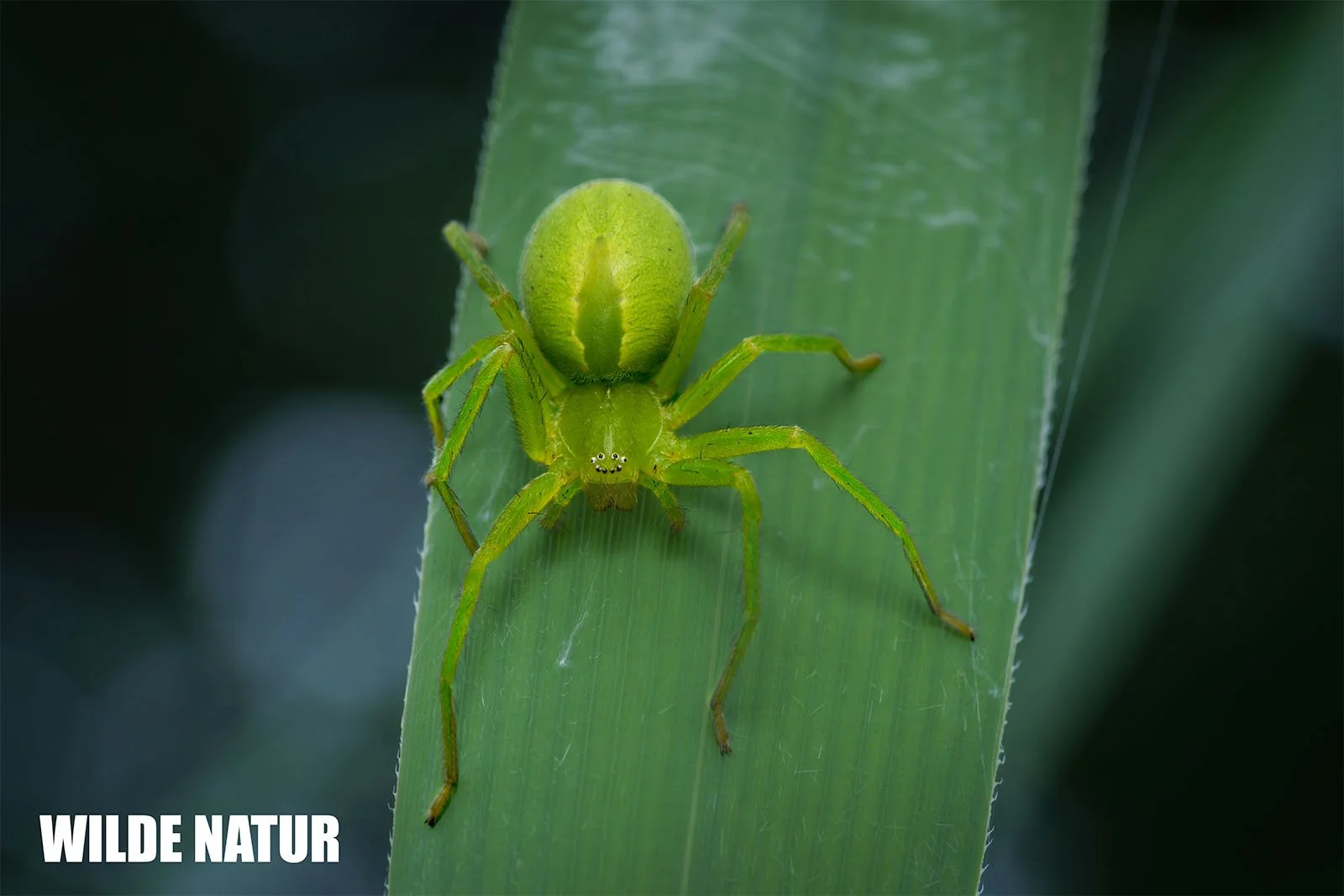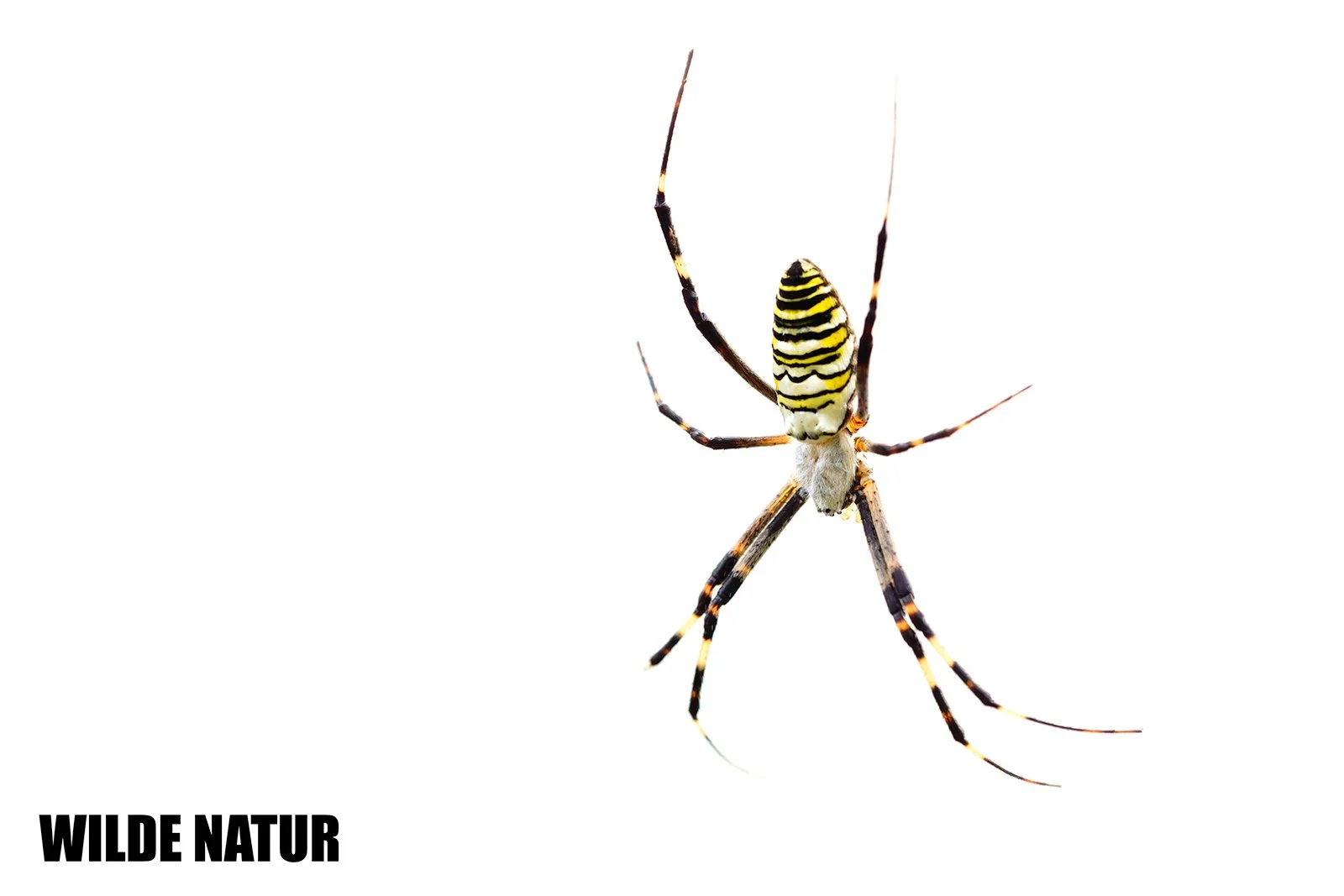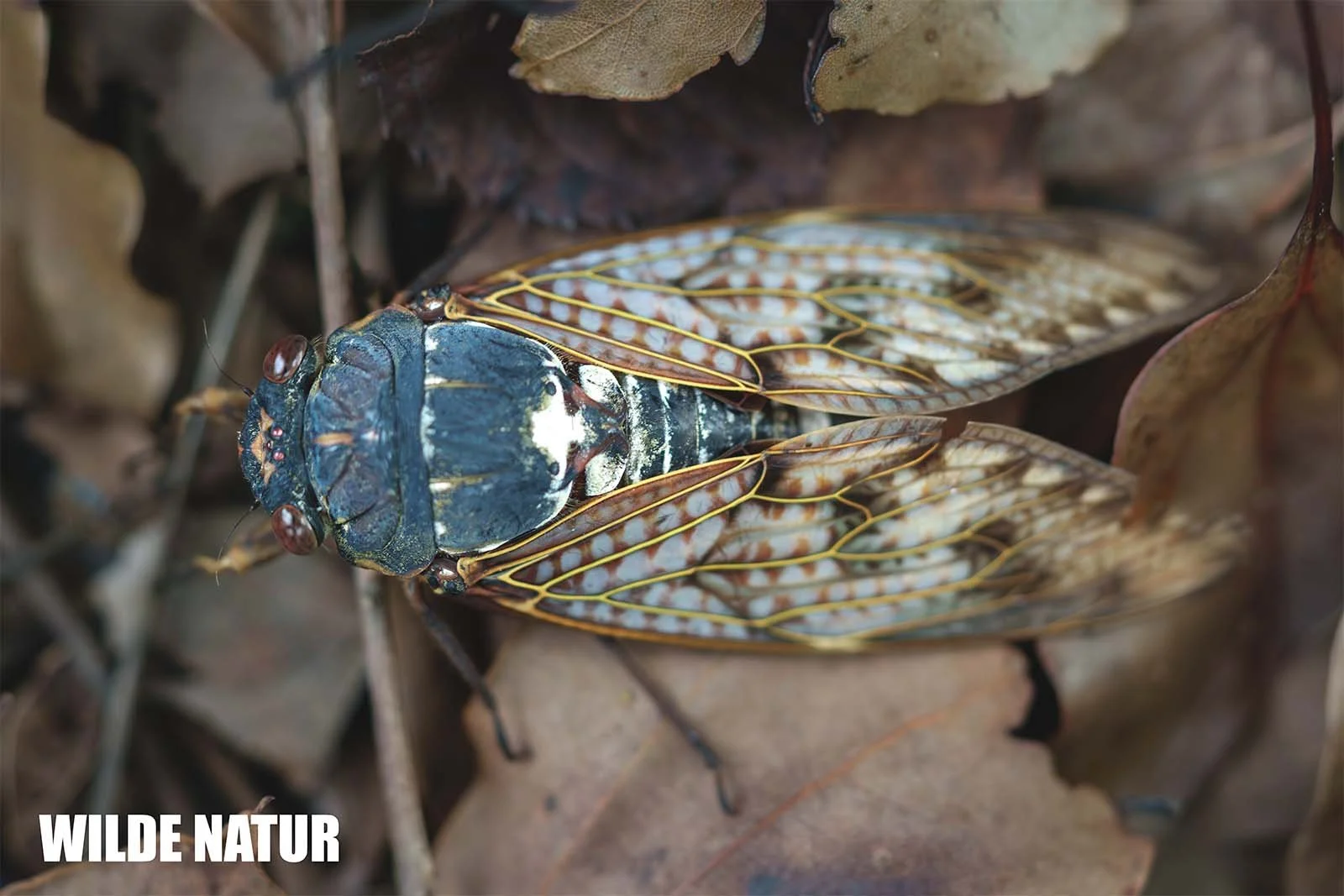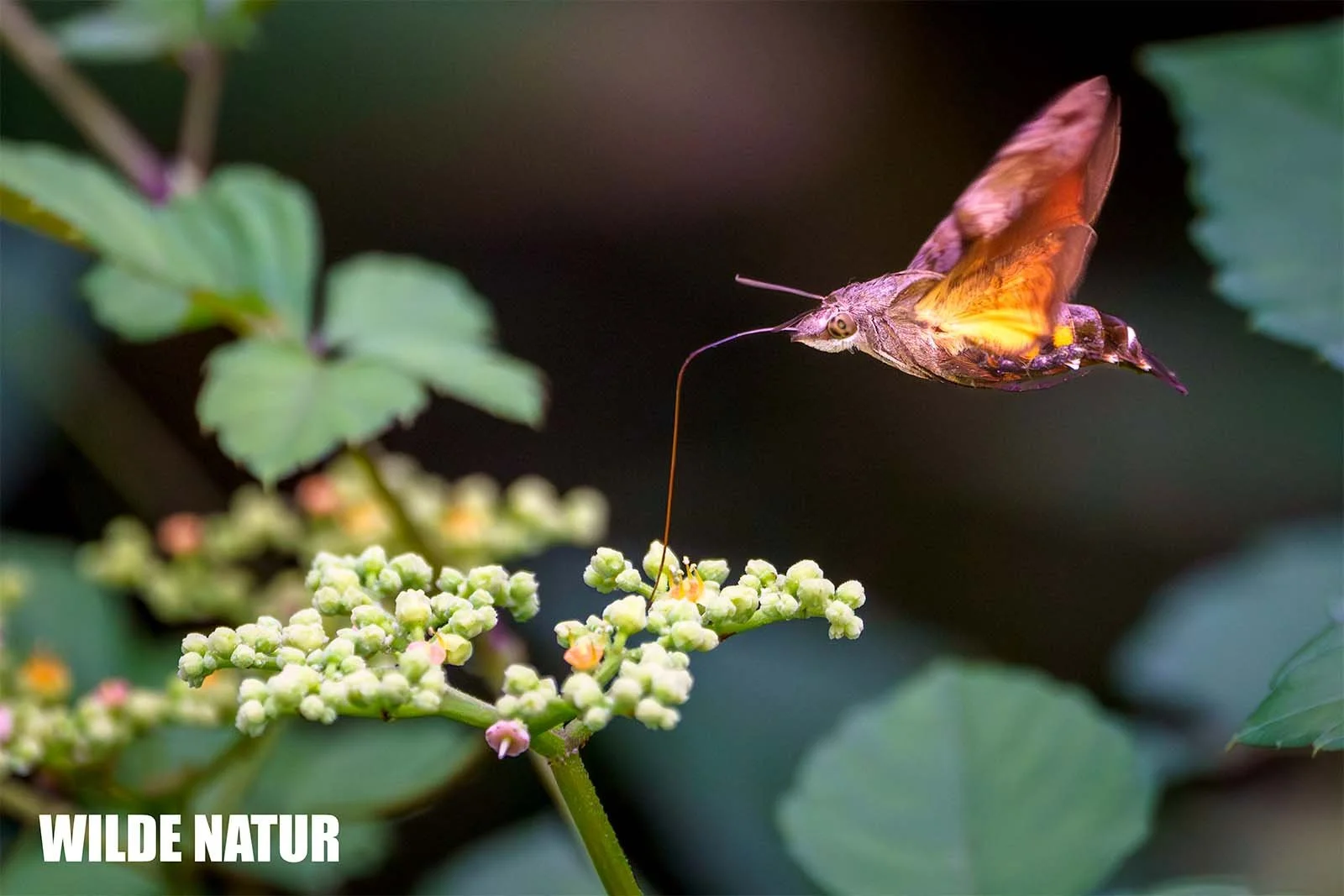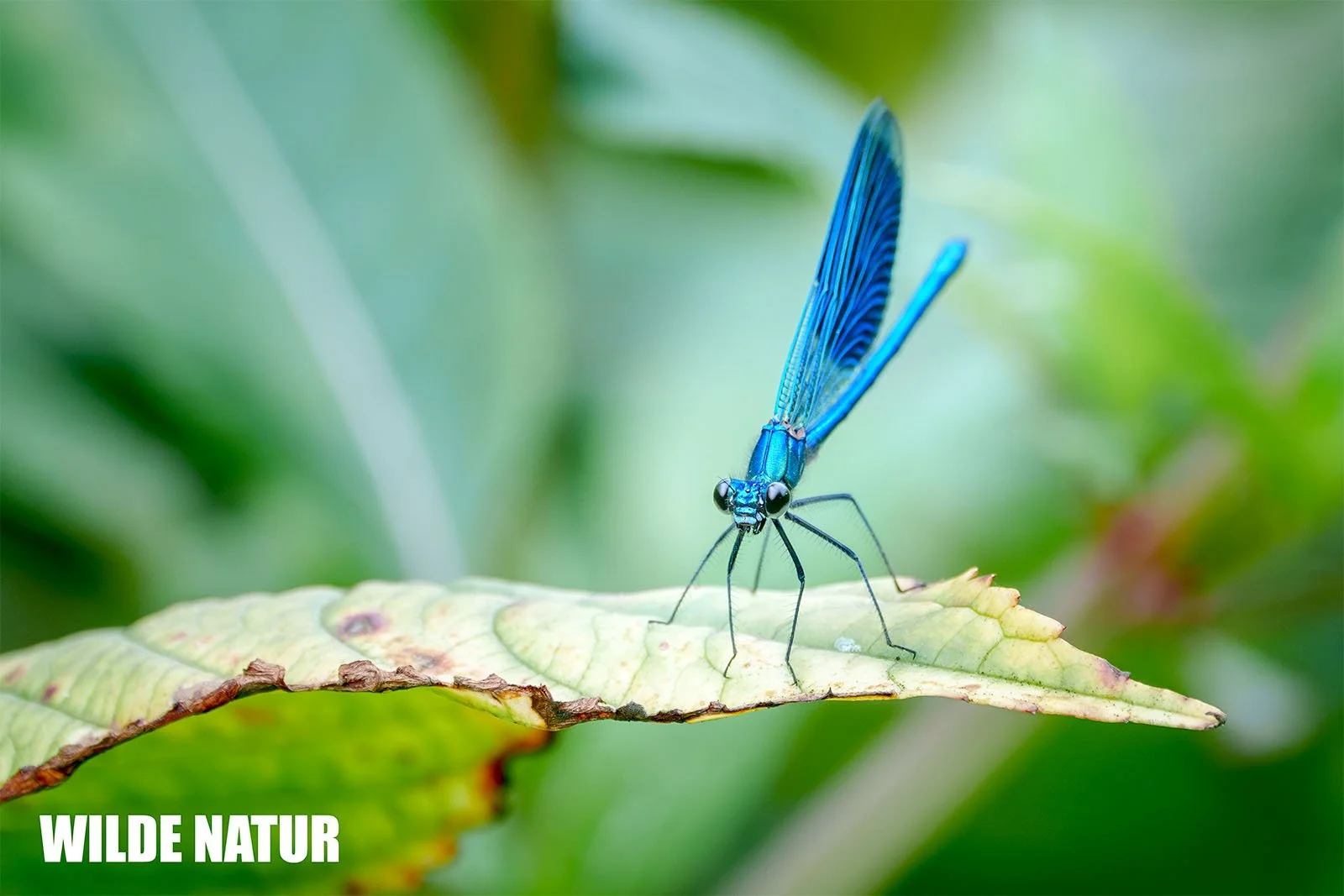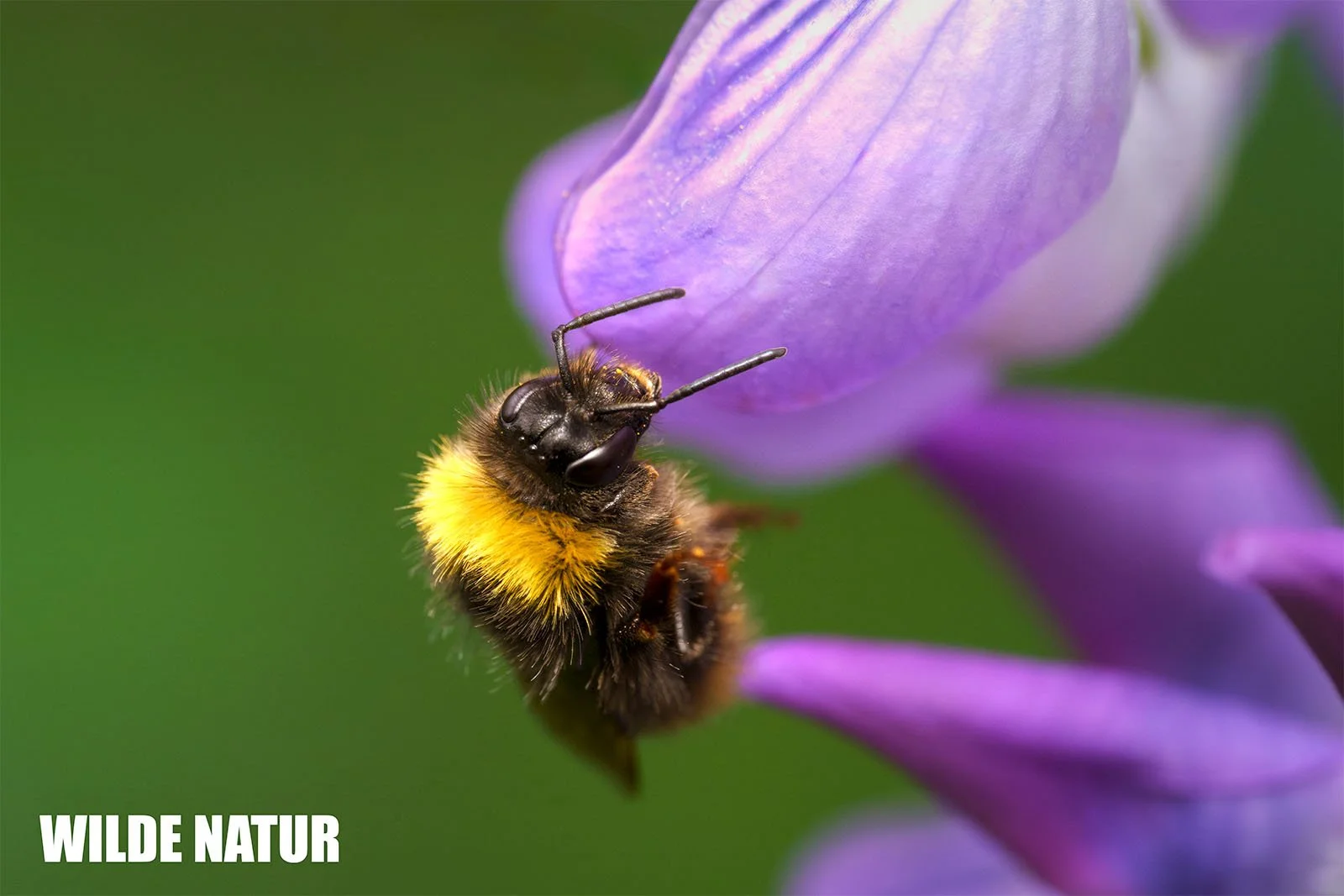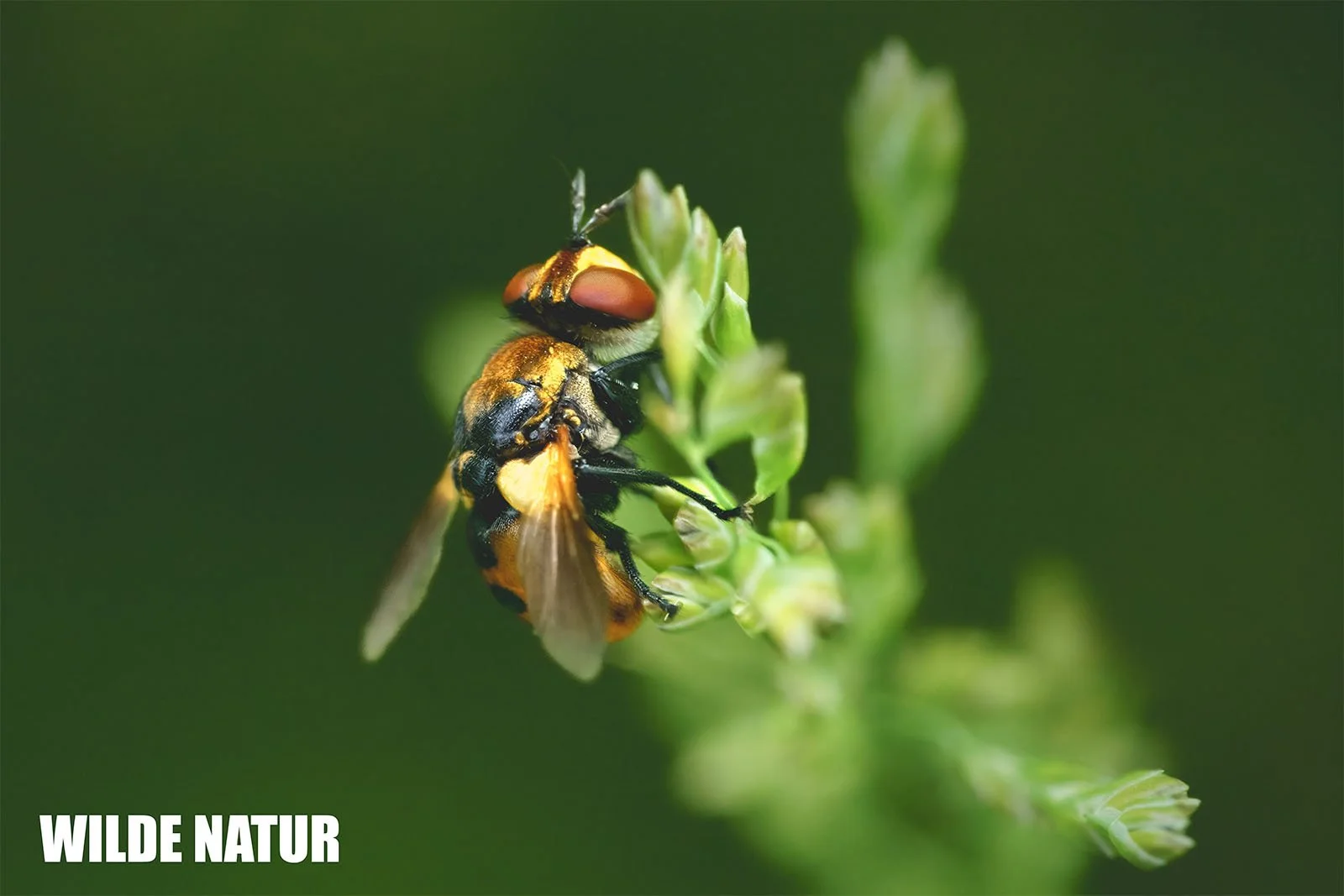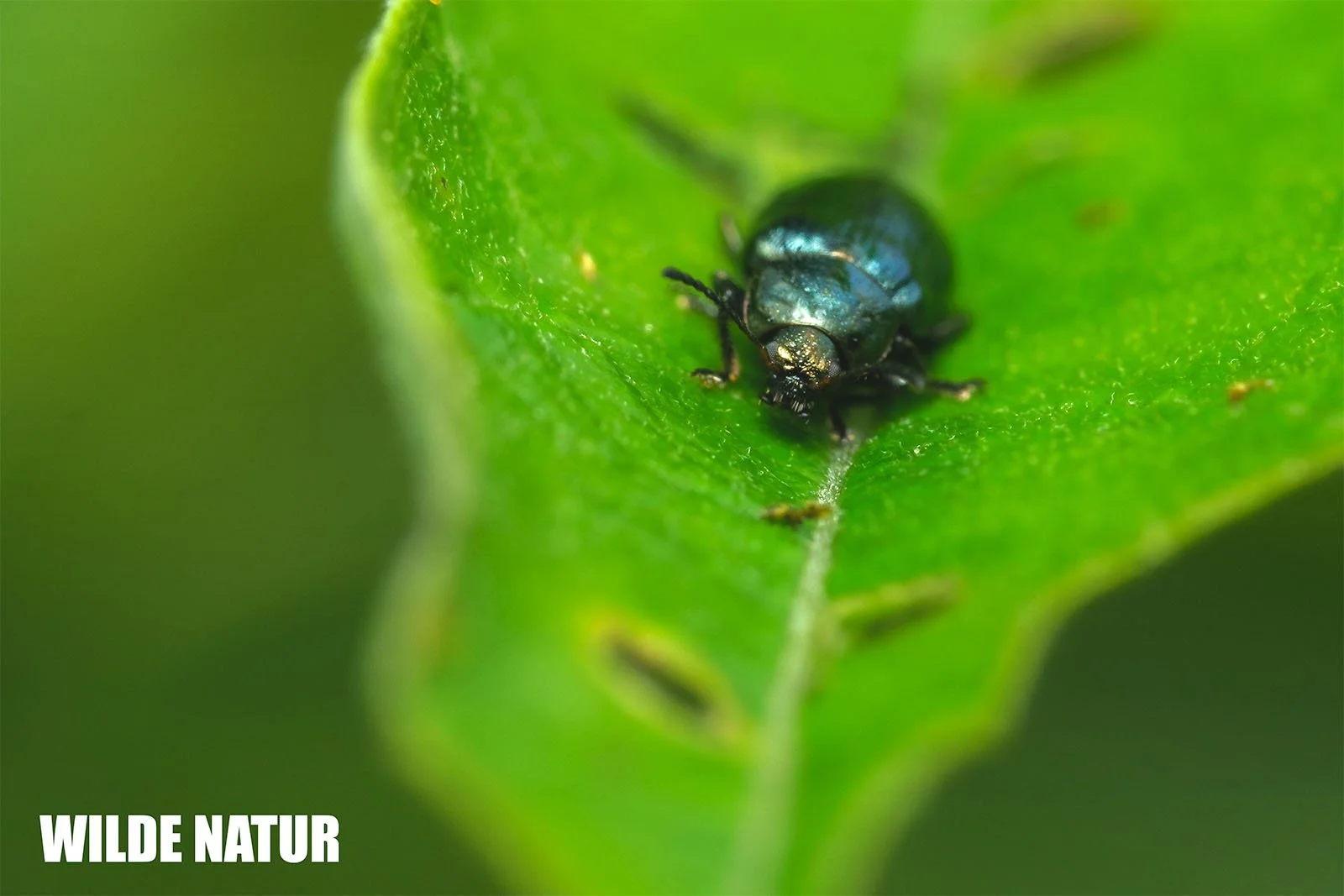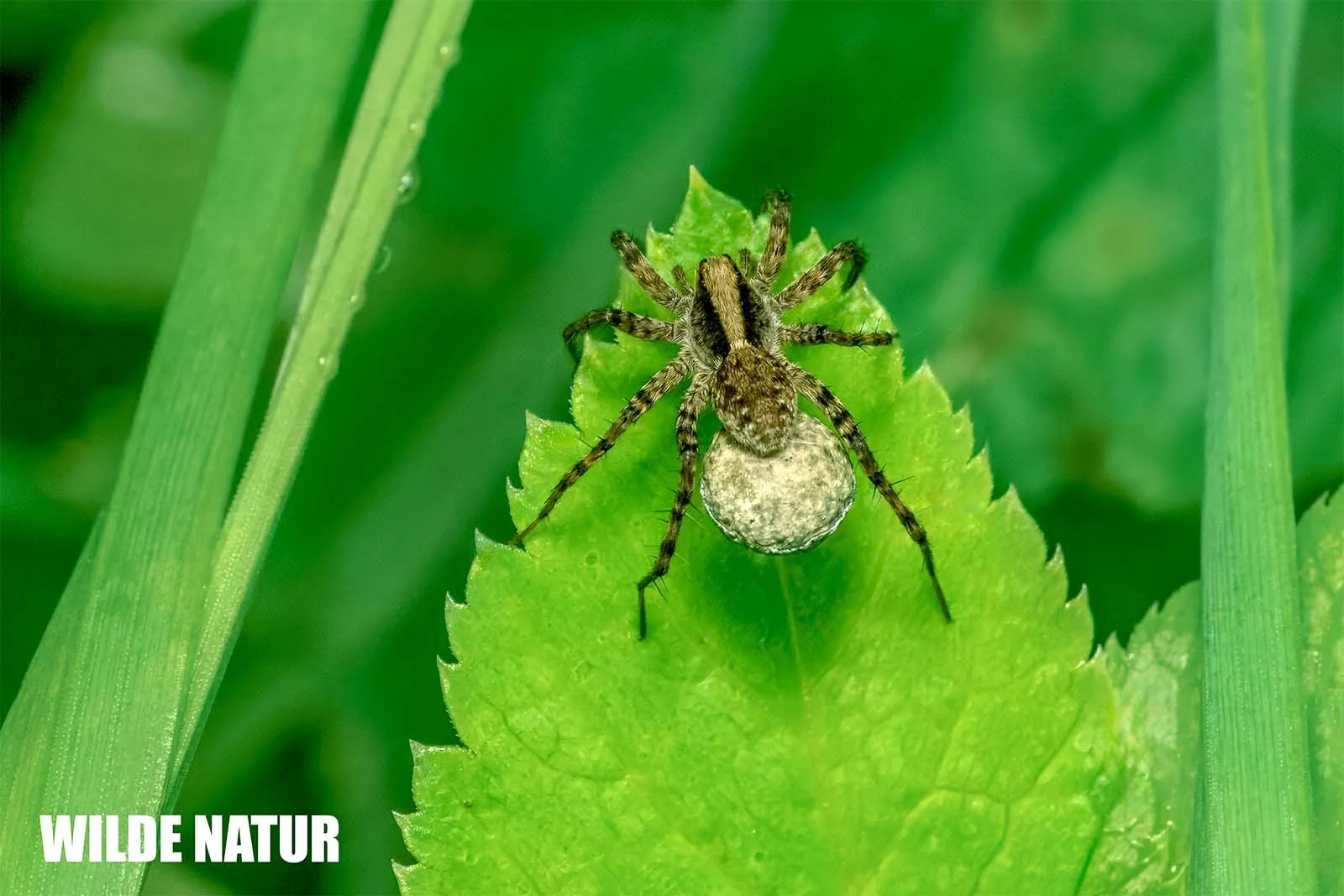Common Carder Bee (Bombus pascuorum)
Bombus pascuorum or Common carder bee (Bombus pascuorum)
Common Carder Bee – Biology & Life Cycle
Get to know Bombus pascuorum: appearance, life cycle, diet, and practical tips on how to support this bumblebee in your garden.
Profile
Bombus pascuorum is one of the more slender bumblebee species, measuring 10–20 mm.
Its velvety thorax fur has a reddish-brown sheen, while the abdomen ends in a pale tip.
Active from March/April to September/October, with one generation per year.
Diet: Pollen and nectar from shallow to mid-depth flowers
Nesting sites: Abandoned burrows or mouse holes
Range: Across Europe, from coastal areas to mountain meadows
Scientific name: Bombus pascuorum
Common name (German): Ackerhummel (common carder bee)
Family: Apidae
Proboscis length: approx. 7–9 mm (workers/males), 12–15 mm (queen)
Pollen baskets: Dense hair brushes on the hind legs
Overwintering: Fertilized young queens hide in the soil
Table of Contents
- Introduction
- Appearance
- Identification Features
- Diet
- Reproduction & Life Cycle
- Seasonal Behavior
- Habitat & Distribution
- FAQ
- Conclusion
Introduction
The common carder bee, Bombus pascuorum, thrives in flower-rich field margins, gardens, and parks. From urban areas to alpine meadows, it pollinates a wide variety of plants and is considered one of the most adaptable wild bees.
Appearance
Its slender, somewhat flattened body distinguishes it from the rounder earth bumblebees. The thorax is covered with dense, velvety reddish-brown hairs, and the abdomen ends with a distinct pale tip. Occasionally, the second segment shows a faint yellow band.
Identification Features
- Slender body compared with earth bumblebees
- Thorax: reddish-brown, velvety fur
- Abdomen: dark with a striking pale tip
- Sometimes a faint yellow band on the 2nd segment
- Proboscis length: 7–9 mm (workers/males), 12–15 mm (queen)
- Broad pollen baskets on the hind legs
Diet
Common carder bees feed on nectar and gather pollen from shallow flowers such as primroses and clovers, as well as from mid-depth flowers like those of the mint and carrot families. Their medium-length tongue allows them to access a wide range of blossoms.
Reproduction & Life Cycle
- Nest founding (March/April): Young queens establish nests in old burrows or abandoned mouse holes.
- Brood care: First larvae are incubated by the queen through muscle vibrations.
- Worker phase (from May): Workers take over nest building, foraging, and defense.
- Colony growth: In summer, nests may contain up to 200 individuals.
- Reproduction (late summer): New males and young queens emerge; only the latter overwinter.
Seasonal Behavior
Queens become active at temperatures as low as 5 °C. In summer, workers and males forage intensively for nectar and pollen. As temperatures drop, young queens seek underground shelters to hibernate, while workers and males die off.
Habitat & Distribution
Widespread across Europe, from coastal regions to alpine meadows. The species prefers open landscapes, field margins, gardens, and light woodland edges, but is less common in far northern Scandinavia.
FAQ
1. How can I recognize the common carder bee?
By its slender body, reddish-brown thorax, and pale abdominal tip.
2. When is it active?
From March/April to September/October, with one generation per year.
3. How can I support it?
Provide a variety of flowering plants, nesting sites, and access to water.
4. Does it cause damage?
No, it is a harmless pollinator with no harmful impact.
5. How does it overwinter?
Fertilized young queens burrow into the soil and remain dormant until spring.
Conclusion
With colorful flowering areas, protected nesting sites, and water sources, you can create ideal conditions for the common carder bee. In return, it provides valuable pollination services, supporting biodiversity in your garden.







